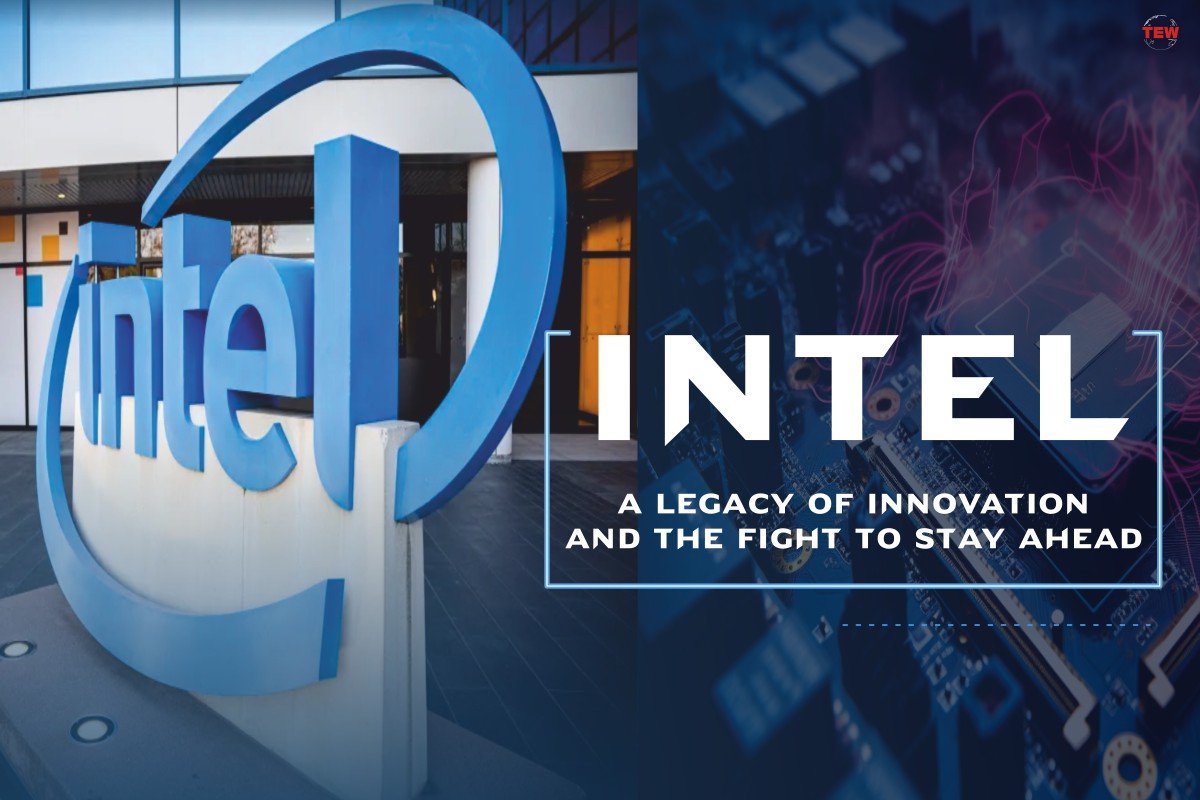(Source-Yahoo.com)
Silicon Valley, known as one of the hubs of innovation, a story began to spread. It was the story of an accidental encounter between two great people who talked about planning the future. Robert Noyce and Gordon Moore, whose names are forever etched in tech history, met by chance. The talk, directed by a mutual interest in exploring the limits of the impossible, sparked a revolution. This is the story of Intel—a living example of how a seed of idea, constant progress, and microprocessors made the impossible come true.
Backyard Inspiration to Tech Revolution:
In the spring of 1968, Robert Noyce and Gordon Moore, who were veterans of the electronics industry in Silicon Valley, met via chance in the form of a summer afternoon. This casual talk in the backyard inspired an idea about the future of technology. It was a phenomenon that sparked the idea of Intel, a computer company dedicated to the development of technology.
Robert Noyce, Gordon Moore, and Andy Grove have gone through common problems that every small business has both initial funding and the space of their garage to begin experiments with. Although these barriers existed, they remained ready for innovation and to development of novel technologies. They did not stray away from the fight when they overcame the challenge, and they were rewarded with the world’s first microprocessor, the Intel 4004, which was released in 1971. The introduction of the advanced chip brought sweeping changes to the computer industry. Thanks to these chips, PCs became cheaper and entered people’s lives, being a natural part of how these people used technology.
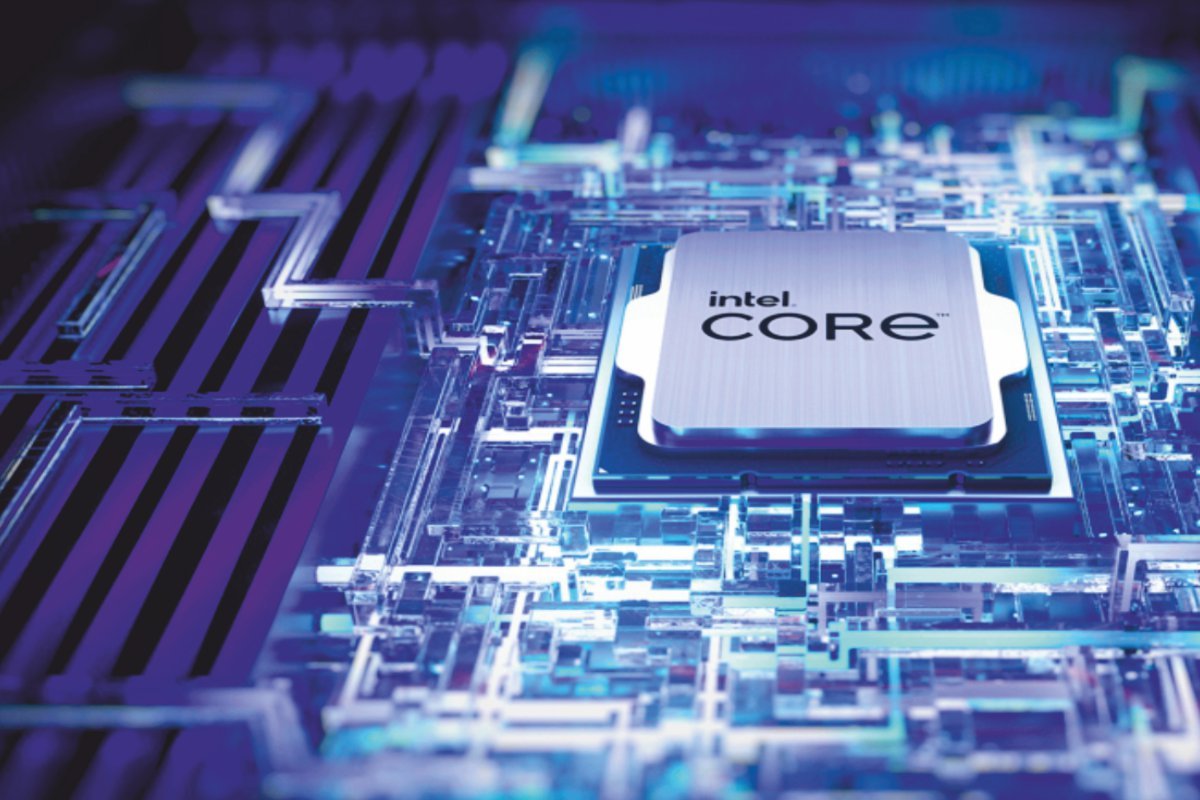
Intel endeared everybody to itself by providing chips, such as the 8086 and the “Intel Inside” advertising campaign during the computer era. Nevertheless, smartphones’ rising popularity was one of the issues AMD had with its chips, and reshaping was one of the critical decisions that the company had to take. They moved their attention to ARMS chips for mobile devices, took a try on AI tech, and cooperated with other companies as well. Today, while it maintains a powerful industry position due to continuous innovation and technology investments, Intel believes the potential for future competition overtakes.
Challenges Facedl:
- Stiff Competition from AMD: The steepening competition that has occurred between AMD and Intel has provoked Intel to stay ahead of the curve by designing newer products as well as establishing competitive prices. This competition is the most open between competitors in the CPU or Central Processing Unit front. For quite a long, it had the predominant position among the chip manufacturers; however, this decade, AMD has equally led the market as its advancements like the Zen architecture have seriously challenged it’s superiority in performance. This situation has resulted in a price war which has had an impact on its profit margin due to the company’s low twist in the share ratio choice.
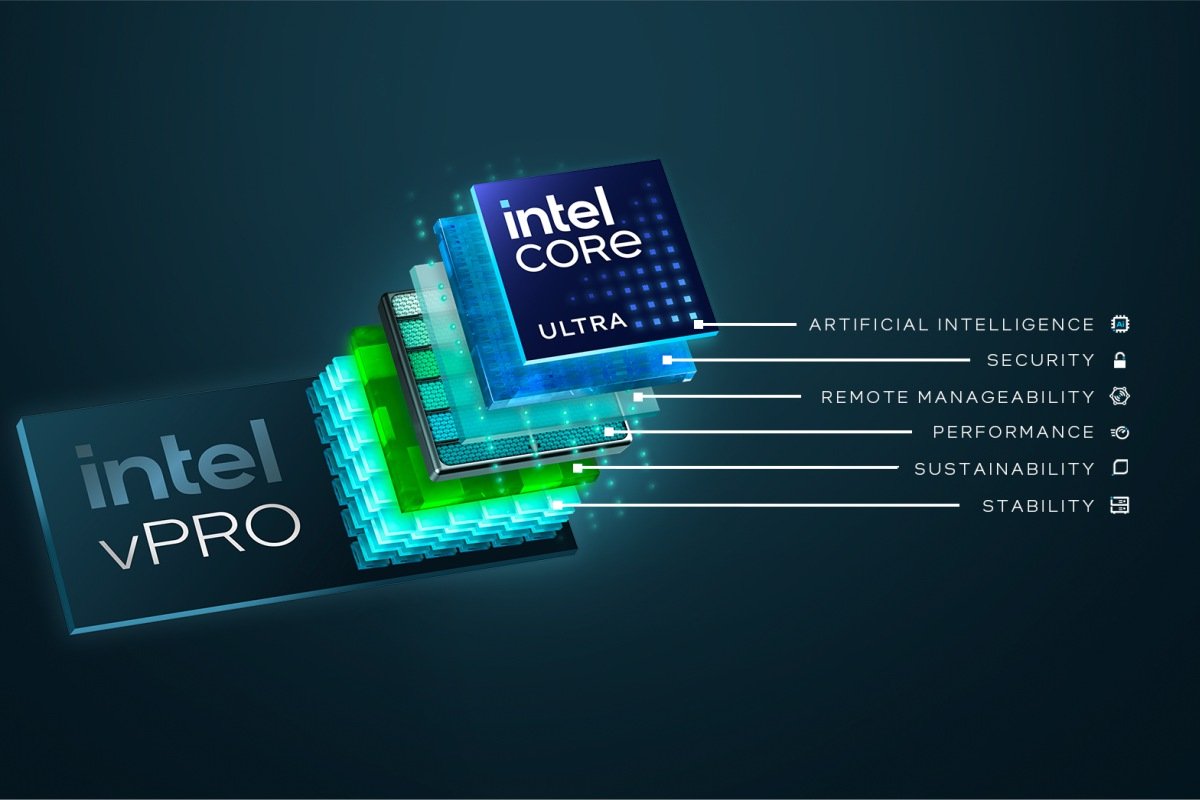
- Mobile Computing Revolution: The transition from desktops to small handheld devices such as smartphones and tablets, which are increasingly becoming popular, has affected significantly the demand for traditional PCs, which used to form its core market. The fast-growing market of smartphones and tablets has influenced the sales of PCs in a negative way which is not good for the Intel business. It has made quite good its processors (Atom Series) – though is not as successful in mobile CPUs as it is in PC CPUs. They didn’t have any other choice but to diversify their products and enter into other markets aside from the mainstream computing market.
- Skyrocketing Manufacturing Costs: The rise in complexity in chip manufacturing due to the tightening of profit margins is depriving manufacturers of healthy a profit. The very refinement of chip technology and the implosion of miniaturization constantly complicates and makes the production process more expensive. This involves the high expenses of conducting new process development and construction of high-cost facilities (e.g., transitioning from 7nm or 5nm technologies to chip-quality devices). These escalating costs mount pressure on Intel to devise systems that can yield better production techniques with high efficiency for the business to remain competitive.
- Security Vulnerabilities and Loss of Trust: Like Meltdown and Spectre security vulnerabilities pulled down the trust and to deal with the issue a huge effort is required. These major security issues of its processors that could lead to cyberattacks are just examples of how these products can be used and misused in detrimental ways for the users and the brand. This is caused by a loss of confidence and a bad name for the brand. Dealing with such weaknesses required both a great deal of engineering efforts and chip design redesign which in turn, had an even bigger implication on the loss of profit margin and further postponement of launching the products. The fallout of these vulnerabilities also significantly impacted consumer perception while largely undermining its reputation. So, the company was forced to invest in fixing this issue.
Top 5 Competitors:
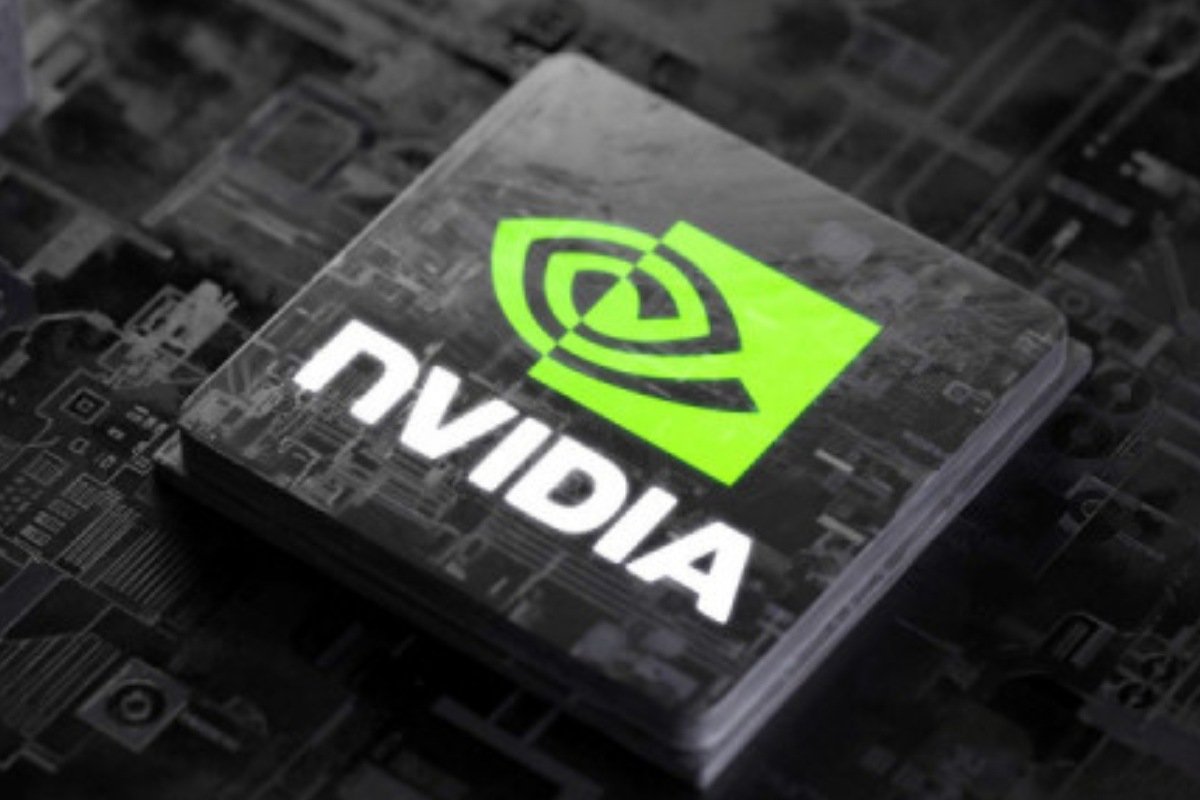
- AMD (Advanced Micro Devices): AMD stands in Intel’s place, by introducing their products which are comparably performant but at a cheaper price. During these years, AMD’s market share has risen due to the cost-effective and innovative technologies including multi-core processors and energy efficiency in the designed chips. Consumers have a rather favorable opinion about AMD’s Ryzen series processors which have become quite a coup for the field of PC processor industry and presented Intel with a very troublesome rival.
- Samsung: Samsung is a major player in the semiconductor cartel, where the mobile processors and memory chips are LEDs. Samsung not only produces chips for its products but also competes with Intel across various products including SSDs and memory technologies. Their issues on the level of mobile chipsets and memory architectures have made them Intel’s most serious competitors by taking over some significant market segments.
- TSMC (Taiwan Semiconductor Manufacturing Company): TSMC being a famous contract producer of semiconductors is well known for fabricating the chips for many leading companies such as Intel and AMD. In addition to Intel which has internal production capacity for many of its chips, the company has TSMC as its partner for other products or technologies. Advances in semiconductor manufacturing by TSMC and the company’s semiconductor processing capabilities have made it possible for both Intel and AMD to have best-in-class semiconductor components and improve their offerings.
- NVIDIA: NVIDIA is famous in the world because of its GPUs (graphics processing units), and its powerful presence has been marked by the gaming and professional graphics sectors. Meanwhile, Nvidia is also diversifying into AI and autonomous driving technologies, which can even become grounds for competition with Intel in AI accelerators as well as autonomous vehicle computing platforms. Their mass capability to produce AI-specific hardware and GPU-accelerated computing largely makes them an interesting company to be considered as a competitor in the overall semiconductor industry.
- Qualcomm: Qualcomm tops as the market leader in mobile processors, especially the Snapdragon series that is most used in smartphones where they power most mobile phones around the world. Intel largely faced rivalry from Qualcomm in the domain of mobile computing, especially in the domain of power efficiency and binding together of modem technology into the chipset. Qualcomm’s outstanding mobile connectivity and system-on-chip (SoC) designs made it a keynote in the mobile semiconductor market, but also strong competition against Intel in mobile operations.
Marketing Strategies of Intel:
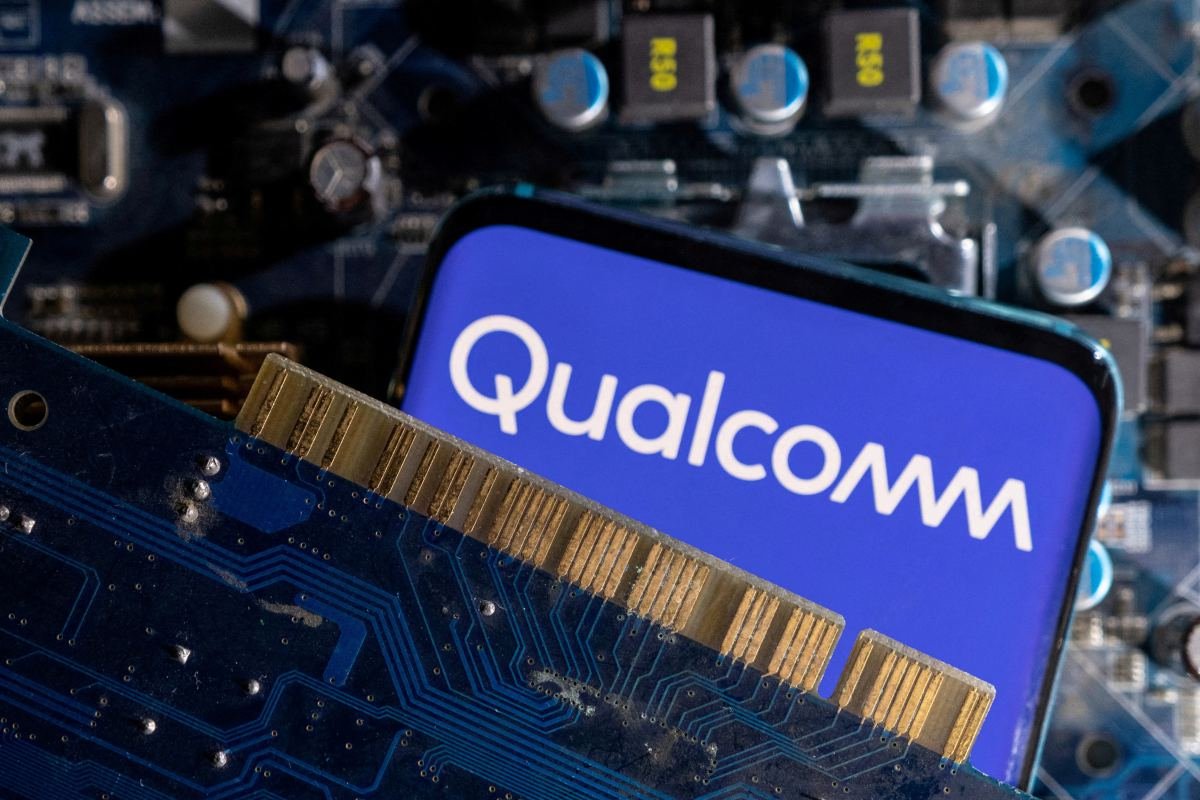
| Performance Focus | Intel emphasizes the performance and processing power of its processors, targeting gamers, content creators, and professionals. |
| Branding and Recognition | The “Intel Inside” campaign has created lasting brand recognition, associating Intel with high-quality computing. |
| Partnerships | Intel collaborates with major PC manufacturers and software developers to ensure compatibility and optimize performance. |
| Sustainability Initiatives | Increasingly, Intel highlights its commitment to sustainability in manufacturing and resource management. |
Well-known Marketing Campaigns:
- “Intel Inside” (1991 – Present): This iconic campaign successfully positioned Intel as the brains behind personal computers.
- “Sponsorships of Major Sporting Events”: Its association with major sporting events like the Olympics showcases its technological prowess.
- “The Verge” Influencer Campaign: Partnering with tech influencers broadened it’s reach to a younger, tech-savvy audience.
- “Processors with Purpose”: Highlighting the societal impact of Intel technology, promoting responsible innovation.
Conclusion:
Innovation runs in the blood of Intel. From the accidental beginning to the conquest of the PC market by Idea and its re-imaging as a provider of the most advanced processors. On the other hand consider a case where technology is advancing day by day The competition, the spread of mobile computing, the increase of production cost, and the existing cybersecurity problem are the ongoing challenges that it needs to address continually.
Though these struggles appear, it has a major edge in the digital world. An integral part of their success is their solid research and development activities and also the strategic partnerships coupled with the green agenda guide them for more accomplishments. Through accentuating regions such as artificial intelligence (AI), Internet of Things (IoT), and next-generation mobile processors, it can take the edge and shape the eventually heavily technological field.

